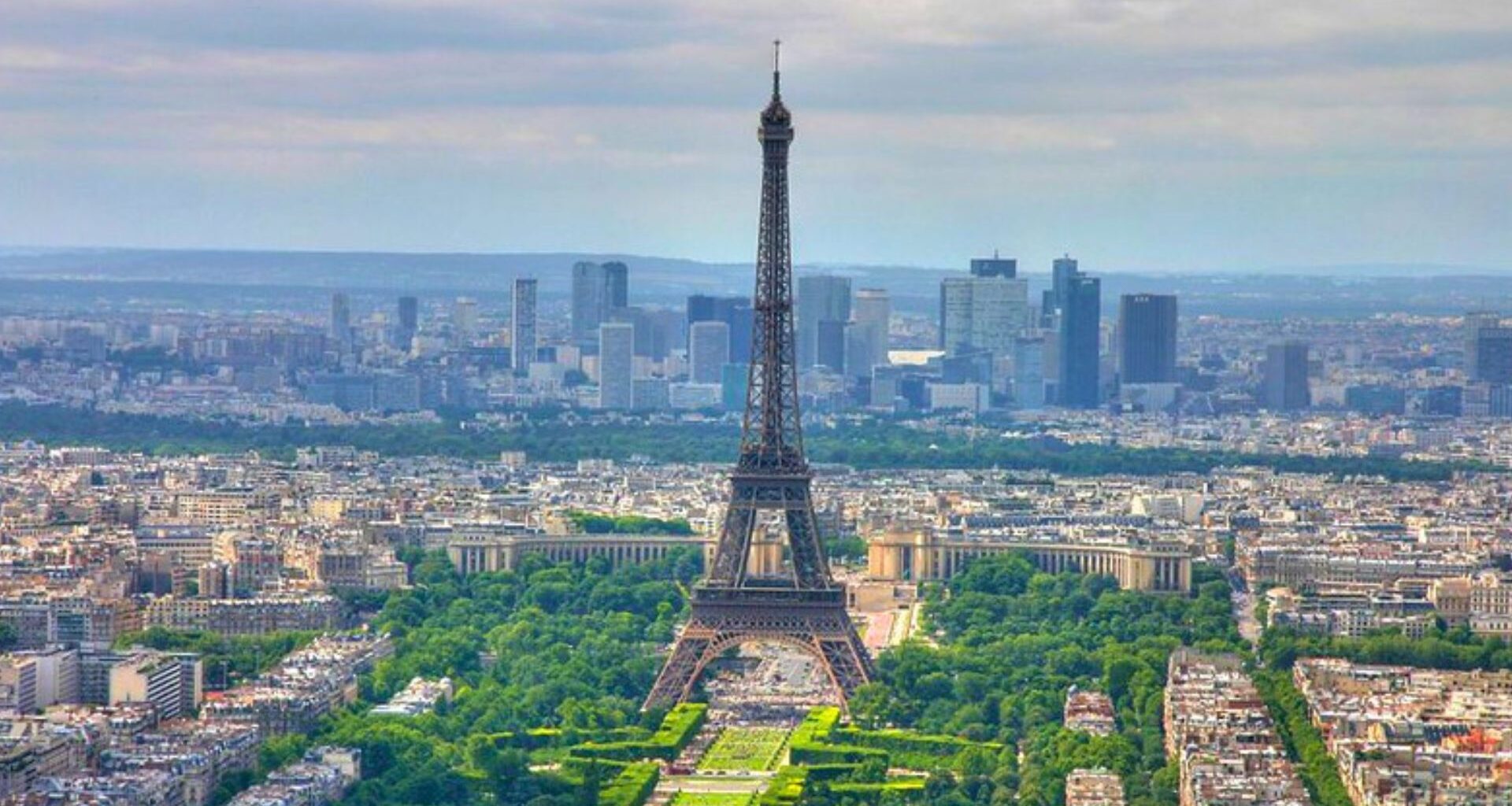Paris’s most famous monument is never exactly the same height twice. Conceived in 1884 as the Tour de 300 mètres, the iron lattice was engineered by Gustave Eiffel’s team to reach a record-breaking 300 meters for the 1889 World’s Fair.
Yet on the hottest days each summer, the tower quietly stretches several extra centimetres, only to shrink back in winter. Architect and professor Federico de Isidro Gordejuela notes that this seasonal growth, driven by simple physics, is still large enough to push the tip of the structure well above its original design line.
Why does iron swell in the sun?
All solids expand when they warm because added heat makes their atoms vibrate harder, pushing them a little farther apart. How much they stretch depends on three factors: the material’s coefficient of thermal expansion, the length of the piece, and the temperature change it experiences. Professor de Isidro Gordejuela ran the numbers in an article for The Conversation.
Ceramic bonds are tight and barely move, polymers are loose and can balloon, while metals sit in the middle. The puddled iron and steel of the Eiffel Tower have a coefficient of about 12 × 10⁻⁶ per °C (That’s roughly 6.7 millionths of a meter per meter, for every degree Fahrenheit.). In practical terms, a one-metre iron bar grows only twelve micrometres, thinner than a human hair, when its temperature rises by one degree Celsius.
Tiny numbers multiply quickly as dimensions and temperature swings increase. Paris has recorded winter lows below –20 °C (–4 °F) and summer highs near 40 °C (104 °F), a spread of roughly 100 °C (180 °F). Direct sunlight can push the metal far above the air temperature, but even working with that century-wide span is enough to show the effect.
Multiply a 100-metre (328-foot) metal bar by the iron coefficient and by a 100 °C change, and the result is 0.12 metres, twelve centimetres of extra length (nearly 5 inches of added length). Scale the exercise to the tower’s full 300 metres (984 feet) and the theoretical extension triples to 36 centimetres, or just over 14 inches.
Measuring the tower’s seasonal rise
The Eiffel Tower is far more complex than a single straight bar. It is a three-dimensional web of over 18,000 iron pieces weighing 7,300 tonnes. Some members run nearly vertical, others curve and brace, and wind forces act in every direction. Even so, the overall thermal response is still dominated by vertical movement.
Engineers monitoring the monument find a real-world seasonal variation of 12 to 15 centimetres (5 to 6 inches). This figure sits comfortably within the simple 36-centimetre (14 inches) upper bound once allowances are made for the lattice geometry, riveted joints, and uneven heating.
Sunlight introduces one more twist. Because one face is always warmer than the others, the metal on that side lengthens slightly more, causing the whole tower to lean a fraction of a degree away from the sun before evening out again after dark. In effect, the structure doubles as a giant thermometer: its height and minute daily sway both track Paris’s heating and cooling cycles.
An iron lesson in everyday physics
Thermal expansion is a routine consideration in engineering; the same equations govern Eiffel’s Garabit Viaduct, the Scottish Forth Bridge, and even ordinary railway tracks, but the Eiffel Tower offers the most visible demonstration.
What begins at the atomic scale builds, step by step, into motion large enough for surveyors to record. Each summer, the iconic outline seen on postcards is a little taller and a touch more tilted than in winter, a living reminder that even seemingly rigid monuments are quietly responsive to the temperature of the world that surrounds them.
